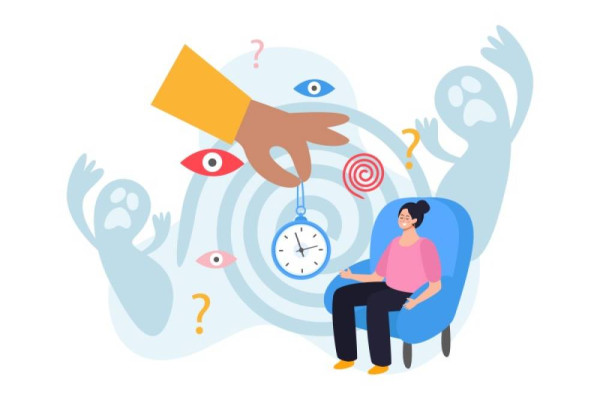In the vast landscape of commerce, where products clamor for attention and brands vie for loyalty, lies an invisible force that wields immense power: advertising. Beyond its surface appeal lies a complex interplay of psychology, persuasion, and perception. Let's embark on a journey into the fascinating realm of the psychology of advertising, where every word, image, and color is meticulously crafted to influence our thoughts, emotions, and behaviors.
At the heart of advertising psychology lies the principle of persuasion. Drawing heavily from theories such as Robert Cialdini's "influence tactics," advertisers seek to tap into our innate cognitive biases and heuristics to sway our decisions. From the allure of scarcity to the magnetic pull of social proof, each tactic is a carefully calibrated arrow aimed at the bullseye of consumer action.
One of the most potent tools in the advertiser's arsenal is emotional appeal. By evoking a spectrum of emotions, from joy and nostalgia to fear and longing, ads forge deep connections with consumers on a subconscious level. Consider the heartwarming tale of a family gathering around a holiday table, the exhilarating rush of a luxury car speeding down an open road, or the poignant imagery of a child's laughter amidst adversity. These emotional narratives bypass rationality and speak directly to the soul, imprinting brands into our memory banks.
Yet, the psychology of advertising extends far beyond mere emotional manipulation. It delves into the realm of perception and cognition, where subtle cues and symbols wield remarkable influence. Take, for instance, the power of color psychology. From the calming embrace of blue to the fiery urgency of red, colors can evoke specific moods and associations that shape our perceptions of brands and products.
Moreover, the psychology of pricing plays a pivotal role in consumer decision-making. The difference between $99 and $100 may seem trivial, yet it taps into the psychological phenomenon known as the left-digit effect, where consumers perceive prices ending in .99 as significantly lower than their rounded counterparts. Similarly, the allure of "free" triggers a primal instinct to seize opportunities, leading us to make impulsive purchases we might otherwise resist.
In the age of digital advertising, the landscape has evolved exponentially, ushering in new frontiers of psychological manipulation. With the advent of big data and algorithmic targeting, advertisers can now tailor their messages with surgical precision, serving up personalized content designed to resonate with individual preferences and behaviors.
However, amidst the dazzle of technological innovation, ethical concerns loom large. As advertisers delve deeper into the recesses of our psyche, questions of consent, privacy, and manipulation arise. The line between persuasion and coercion blurs, raising fundamental questions about the moral compass of advertising in the digital age.
In conclusion, the psychology of advertising is a multifaceted tapestry woven from the threads of persuasion, emotion, perception, and cognition. From the ancient art of storytelling to the cutting-edge algorithms of the digital age, advertisers continue to push the boundaries of human psychology in their quest to capture hearts, minds, and wallets. Yet, as we navigate this brave new world of advertising, let us tread carefully, mindful of the immense power we wield and the ethical responsibilities that accompany it.
 PsychoRoom
PsychoRoom
